
1. Link layer: The main attack methods are collision attacks, exhaustion attacks and unfair competition. Network layer: The main attack methods are discarding and greedy destruction, misleading attacks, black hole attacks and aggregation node attacks. Transmission layer: The main attack methods are flood attacks and synchronous destruction attacks.
2. According to the different levels of the network, threats susceptible to wireless sensor networks: (1) Physical layer: The main attack methods are congestion attacks and physical destruction. ( 2) Link layer: The main attack methods are collision attack, exhaustion attack and unfair competition.
3. Of course, there are other threats, such as client attacks on clients (including denial-of-service attacks), interference, attacks on encryption systems, incorrect configurations, etc., which are all factors that can bring risks to wireless networks.
4. Therefore, fake attacks in the sensor network are a form of active attack, which greatly threatens the collaboration between sensor nodes. 4) Data-driven attacks Data-driven attacks are attacks that send data to a program or application to produce unexpected results, and usually provide attackers with access to the target system.

1. Wireless Sensor Network (WSN) is a network composed of a large number of small sensor nodes connected by wireless communication technology. Its main features are as follows: divideCloth deployment: Sensor nodes in WSN can be distributed in the area that needs to be monitored to form a wide coverage.
2. In addition to the common characteristics of wireless network mobility, disconnection, etc., wireless sensor networks also have many other distinctive characteristics. 1) The sensing node is small in size, low in cost, and has limited computing power. 2) The number of sensing nodes is large, easy to fail, and has adaptability. 3) The communication radius is small and the bandwidth is very low.
3. No center: There is no strict control center in the wireless sensor network, and all nodes are equal, which is a peeral network. Nodes can join or leave the network at any time. The failure of any node will not affect the operation of the whole network and has strong resistance to destruction.
4. The characteristics of wireless sensor networkPoint (I) A large number of nodes. Many sensor nodes are usually placed in the monitoring area, and information is processed through distribution, which can improve the accuracy of monitoring, effectively obtain more accurate information, and reduce the accuracy requirements for node sensors.
5. Characteristics of wireless sensor networks Compared with other types of wireless networks, sensor networks have distinctive characteristics. Its main characteristics can be summarized as follows: (1) The energy of the sensor node is limited. At present, sensors are usually provided with energy from built-in batteries. Due to the limited volume, the energy they carry is very limited.
1. At present, the relatively recognized definition of the Internet of Things is: through radio frequency identification (RFID), infrared sensor, global positioning system, laser scanner and other information sensing equipment, any item is connected to the Internet according to the agreed protocol for information exchange and communication, so as to realize A network of intelligent identification, positioning, tracking, monitoring and management.
2. Distributed sensing network. According to Baidu Encyclopedia, the wireless sensor network (WSN for short) is a distributed sensing network whose peripherals are sensors that can perceive and check the outside world.
3. At the current level of technology, micro-cutting technology can produce 3D microstructures with different levels, so that it can produce very small volumes.Small micro-sensor sensitive elements, sensing/detectors with silicon as the main component material, such as gas sensors, ion sensors and photoelectric detectors, are equipped with excellent sensitive elements [1], [2].
4. Wireless Sensor Networks (WSN) is a distributed sensing network whose terminals are sensors that can perceive and check the outside world.
1. CPS: Cyber-Physical Systems (CPS) is a comprehensive system Calculation, network and physical environmentMulti-dimensional complex systems realize real-time perception, dynamic control and information services of large-scale engineering systems through the organic integration and in-depth collaboration of 3C (Computer, Communication, Control) technology.
2. cps is an information physical system. It is a multi-dimensional complex system that integrates computing, network and physical environment. Through the organic integration capacity and in-depth collaboration of 3C technology, it realizes real-time perception, dynamic control and information services of large-scale engineering systems.
3. Meaning: Information physical system is an abbreviation of cyber physical systems.
4. CPS is the integration of computing and physical components, which is equivalent to embedded system + network + control. It is the development direction and research hotspot of embedded systems.CPS embeds computing and communication capabilities into traditional physical systems, resulting in changes in computing objects.
1. The difference between intelligent perception network and traditional wireless sensor network is that the intelligent perception network transmits people through the Internet. The device and so on are connected. According to the relevant information, mobile group intelligence perception, as a new perception technology of the Internet of Things, faces many problems and challenges while developing rapidly.
2. The traditional sensor perception network needs to install a large number of professional sensing equipment in the face of large-scale sensing tasks, resulting in high maintenance costs and limited coverage, which greatly reduces the completion effect and efficiency of perception tasks.
3. Wireless sensor network is a new type of sensor network, which is mainly composed of a large number of sensor nodes. It uses wireless networks to form an automatically configured network system, and sends the perceived and collected information to the management department.
1. The AOA (AngleofArrival) positioning method in wireless sensor network (WSN) is a kind of measuring signal arrival The technology of determining the position of the signal source at the angle of the node. The main principle is to receive the signal through multiple receiving antennas, and then estimate the direction of the signal source by calculating the phase difference of the signal between different antennas.
2Due to the limited energy of the sensor network node, the S-MAC protocol should reduce the energy consumption of the node.
3. Changsha Shengen Automation Equipment; Working Principle of Wireless Sensors: WSN generally includes a host or "gateway", which communicates with a large number of wireless sensors through a radio communication link.
4. Wireless sensor network is a form of network formed by organizing and combining tens of thousands of sensor nodes in a free way through wireless communication technology. The units that make up the sensor node are: data acquisition unit, data transmission unit, data processing unit and energy supply unit.
5. Wireless self-organizing network is a multi-hop mobility peer-to-peer network composed of dozens to hundreds of nodes using wireless communication and dynamic groups.The purpose is to transmit multimedia information flow with service quality requirements through dynamic routing and mobile management technology.
6. In addition to being equipped with one or more sensors, each node of the sensor network is also equipped with a radio transceiver, a very small microcontroller and an energy source (usually a battery). The size of a single sensor node is as large as a shoe box and as small as a grain of dust.
HS code-based customs dispute resolution-APP, download it now, new users will receive a novice gift pack.
1. Link layer: The main attack methods are collision attacks, exhaustion attacks and unfair competition. Network layer: The main attack methods are discarding and greedy destruction, misleading attacks, black hole attacks and aggregation node attacks. Transmission layer: The main attack methods are flood attacks and synchronous destruction attacks.
2. According to the different levels of the network, threats susceptible to wireless sensor networks: (1) Physical layer: The main attack methods are congestion attacks and physical destruction. ( 2) Link layer: The main attack methods are collision attack, exhaustion attack and unfair competition.
3. Of course, there are other threats, such as client attacks on clients (including denial-of-service attacks), interference, attacks on encryption systems, incorrect configurations, etc., which are all factors that can bring risks to wireless networks.
4. Therefore, fake attacks in the sensor network are a form of active attack, which greatly threatens the collaboration between sensor nodes. 4) Data-driven attacks Data-driven attacks are attacks that send data to a program or application to produce unexpected results, and usually provide attackers with access to the target system.

1. Wireless Sensor Network (WSN) is a network composed of a large number of small sensor nodes connected by wireless communication technology. Its main features are as follows: divideCloth deployment: Sensor nodes in WSN can be distributed in the area that needs to be monitored to form a wide coverage.
2. In addition to the common characteristics of wireless network mobility, disconnection, etc., wireless sensor networks also have many other distinctive characteristics. 1) The sensing node is small in size, low in cost, and has limited computing power. 2) The number of sensing nodes is large, easy to fail, and has adaptability. 3) The communication radius is small and the bandwidth is very low.
3. No center: There is no strict control center in the wireless sensor network, and all nodes are equal, which is a peeral network. Nodes can join or leave the network at any time. The failure of any node will not affect the operation of the whole network and has strong resistance to destruction.
4. The characteristics of wireless sensor networkPoint (I) A large number of nodes. Many sensor nodes are usually placed in the monitoring area, and information is processed through distribution, which can improve the accuracy of monitoring, effectively obtain more accurate information, and reduce the accuracy requirements for node sensors.
5. Characteristics of wireless sensor networks Compared with other types of wireless networks, sensor networks have distinctive characteristics. Its main characteristics can be summarized as follows: (1) The energy of the sensor node is limited. At present, sensors are usually provided with energy from built-in batteries. Due to the limited volume, the energy they carry is very limited.
1. At present, the relatively recognized definition of the Internet of Things is: through radio frequency identification (RFID), infrared sensor, global positioning system, laser scanner and other information sensing equipment, any item is connected to the Internet according to the agreed protocol for information exchange and communication, so as to realize A network of intelligent identification, positioning, tracking, monitoring and management.
2. Distributed sensing network. According to Baidu Encyclopedia, the wireless sensor network (WSN for short) is a distributed sensing network whose peripherals are sensors that can perceive and check the outside world.
3. At the current level of technology, micro-cutting technology can produce 3D microstructures with different levels, so that it can produce very small volumes.Small micro-sensor sensitive elements, sensing/detectors with silicon as the main component material, such as gas sensors, ion sensors and photoelectric detectors, are equipped with excellent sensitive elements [1], [2].
4. Wireless Sensor Networks (WSN) is a distributed sensing network whose terminals are sensors that can perceive and check the outside world.
1. CPS: Cyber-Physical Systems (CPS) is a comprehensive system Calculation, network and physical environmentMulti-dimensional complex systems realize real-time perception, dynamic control and information services of large-scale engineering systems through the organic integration and in-depth collaboration of 3C (Computer, Communication, Control) technology.
2. cps is an information physical system. It is a multi-dimensional complex system that integrates computing, network and physical environment. Through the organic integration capacity and in-depth collaboration of 3C technology, it realizes real-time perception, dynamic control and information services of large-scale engineering systems.
3. Meaning: Information physical system is an abbreviation of cyber physical systems.
4. CPS is the integration of computing and physical components, which is equivalent to embedded system + network + control. It is the development direction and research hotspot of embedded systems.CPS embeds computing and communication capabilities into traditional physical systems, resulting in changes in computing objects.
1. The difference between intelligent perception network and traditional wireless sensor network is that the intelligent perception network transmits people through the Internet. The device and so on are connected. According to the relevant information, mobile group intelligence perception, as a new perception technology of the Internet of Things, faces many problems and challenges while developing rapidly.
2. The traditional sensor perception network needs to install a large number of professional sensing equipment in the face of large-scale sensing tasks, resulting in high maintenance costs and limited coverage, which greatly reduces the completion effect and efficiency of perception tasks.
3. Wireless sensor network is a new type of sensor network, which is mainly composed of a large number of sensor nodes. It uses wireless networks to form an automatically configured network system, and sends the perceived and collected information to the management department.
1. The AOA (AngleofArrival) positioning method in wireless sensor network (WSN) is a kind of measuring signal arrival The technology of determining the position of the signal source at the angle of the node. The main principle is to receive the signal through multiple receiving antennas, and then estimate the direction of the signal source by calculating the phase difference of the signal between different antennas.
2Due to the limited energy of the sensor network node, the S-MAC protocol should reduce the energy consumption of the node.
3. Changsha Shengen Automation Equipment; Working Principle of Wireless Sensors: WSN generally includes a host or "gateway", which communicates with a large number of wireless sensors through a radio communication link.
4. Wireless sensor network is a form of network formed by organizing and combining tens of thousands of sensor nodes in a free way through wireless communication technology. The units that make up the sensor node are: data acquisition unit, data transmission unit, data processing unit and energy supply unit.
5. Wireless self-organizing network is a multi-hop mobility peer-to-peer network composed of dozens to hundreds of nodes using wireless communication and dynamic groups.The purpose is to transmit multimedia information flow with service quality requirements through dynamic routing and mobile management technology.
6. In addition to being equipped with one or more sensors, each node of the sensor network is also equipped with a radio transceiver, a very small microcontroller and an energy source (usually a battery). The size of a single sensor node is as large as a shoe box and as small as a grain of dust.
North American HS code tariff structures
author: 2024-12-24 02:54Aluminum products HS code insights
author: 2024-12-24 02:53HS code-driven supply chain benchmarking
author: 2024-12-24 02:43How to analyze global export trends
author: 2024-12-24 01:07Dehydrated vegetables HS code references
author: 2024-12-24 00:35Import data for raw commodities
author: 2024-12-24 02:43Comparative supplier performance data
author: 2024-12-24 02:41HS code verification for exporters
author: 2024-12-24 01:44Global trade corridor analysis
author: 2024-12-24 00:51 HS code integration with digital customs forms
HS code integration with digital customs forms
465.87MB
Check Supplier compliance audit automation
Supplier compliance audit automation
713.28MB
Check HS code-based segment analysis for FMCG
HS code-based segment analysis for FMCG
714.38MB
Check Dairy powder HS code references
Dairy powder HS code references
951.91MB
Check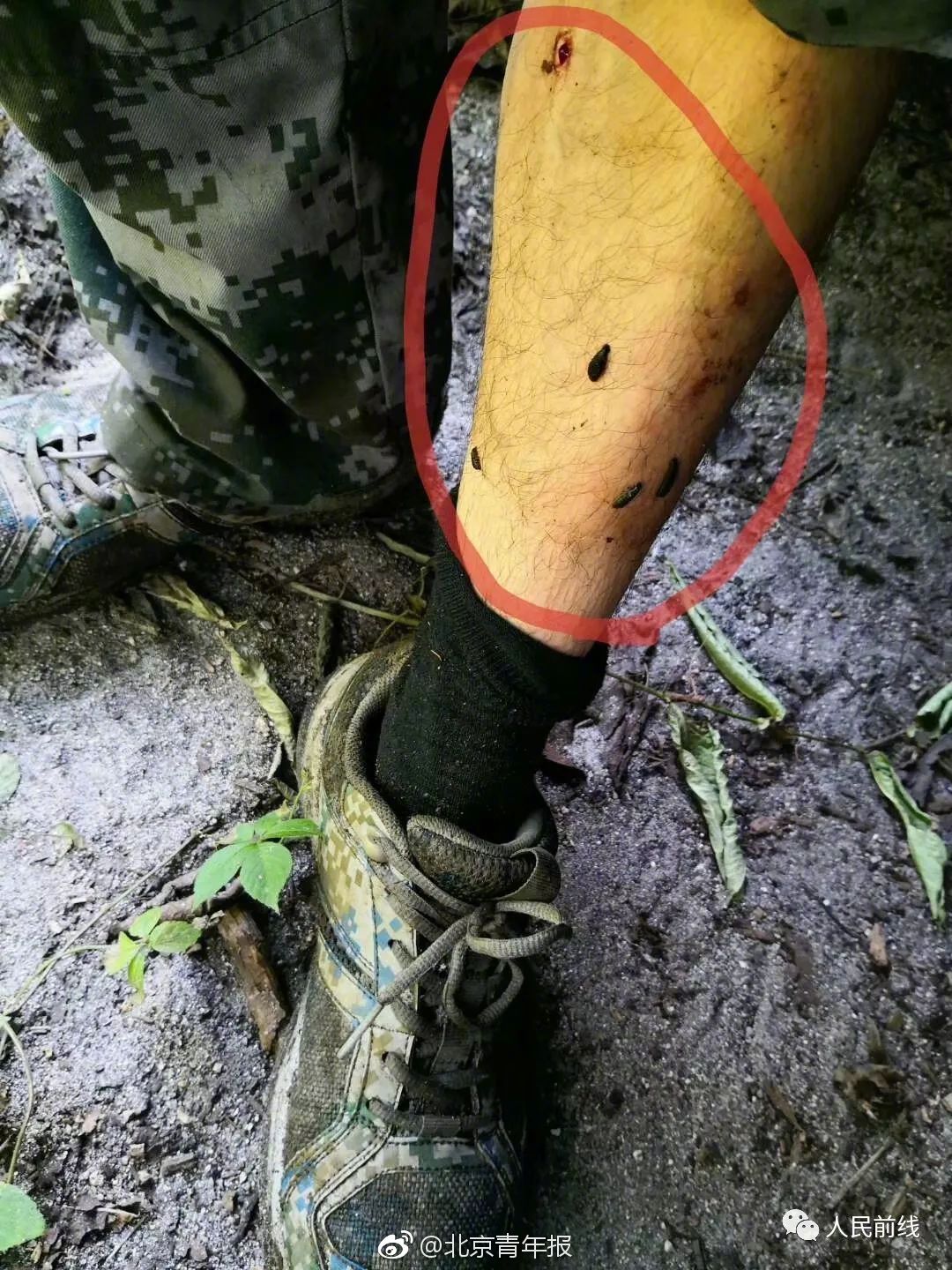 HS code-based trade route profitability
HS code-based trade route profitability
561.54MB
Check HS code-based data mining for analytics
HS code-based data mining for analytics
344.52MB
Check Advanced trade route cost analysis
Advanced trade route cost analysis
493.16MB
Check Industry-focused market entry reports
Industry-focused market entry reports
943.45MB
Check China trade data analysis tools
China trade data analysis tools
566.33MB
Check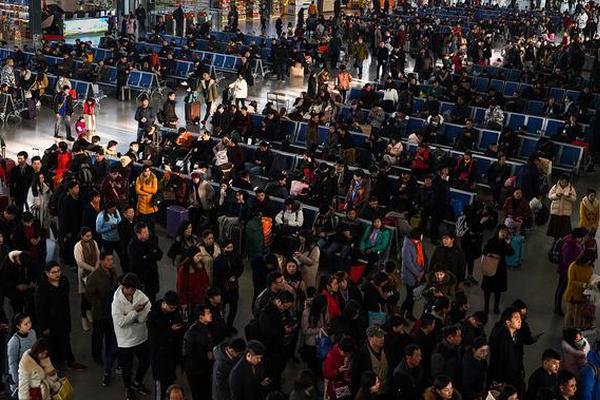 HS code-based duty drawback claims
HS code-based duty drawback claims
884.88MB
Check HS code-based forecasting for exports
HS code-based forecasting for exports
793.16MB
Check How to analyze global export trends
How to analyze global export trends
462.39MB
Check HS code alignment with trade strategies
HS code alignment with trade strategies
189.79MB
Check Ceramic tiles HS code classification
Ceramic tiles HS code classification
729.55MB
Check Global trade shipping route optimization
Global trade shipping route optimization
199.21MB
Check How to forecast seasonal import demands
How to forecast seasonal import demands
222.63MB
Check How to measure trade KPIs
How to measure trade KPIs
621.64MB
Check HS code-based invoice validation
HS code-based invoice validation
189.93MB
Check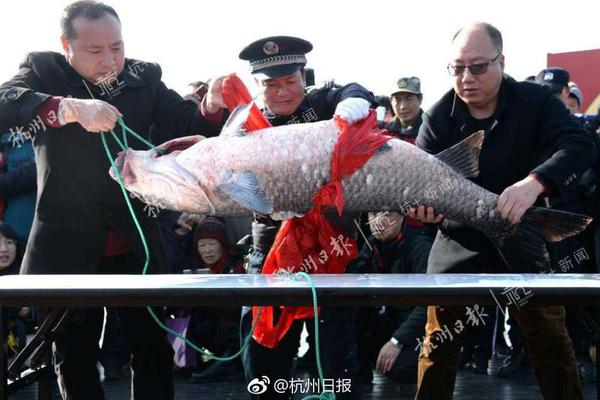 Predictive trade infrastructure analysis
Predictive trade infrastructure analysis
575.63MB
Check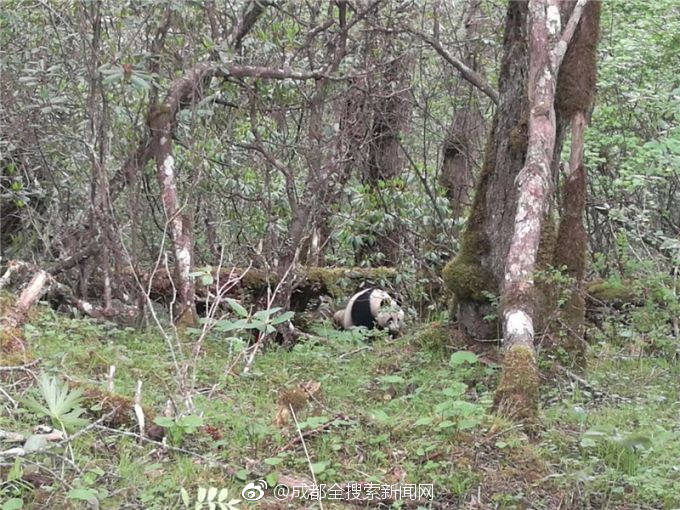 International supply chain dashboards
International supply chain dashboards
187.62MB
Check HS code-based segment analysis for FMCG
HS code-based segment analysis for FMCG
566.45MB
Check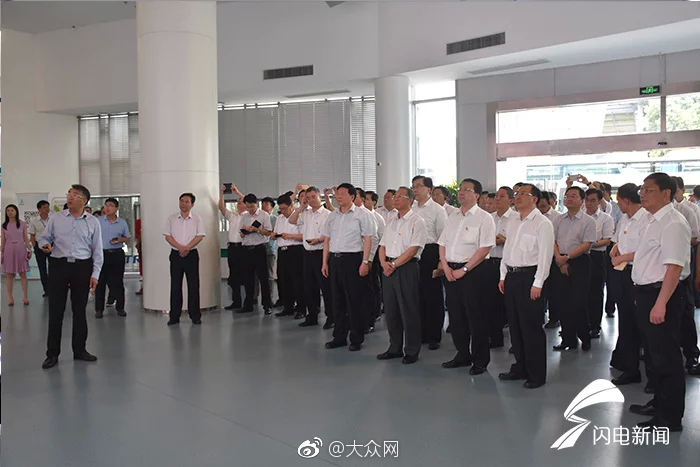 HS code-based predictive analytics
HS code-based predictive analytics
926.53MB
Check HS code-driven customs risk scoring
HS code-driven customs risk scoring
696.27MB
Check Industrial chemicals HS code monitoring
Industrial chemicals HS code monitoring
727.39MB
Check How to map complex products to HS codes
How to map complex products to HS codes
858.11MB
Check international trade database
international trade database
168.68MB
Check HS code-based inventory forecasting
HS code-based inventory forecasting
789.47MB
Check How to ensure tariff compliance
How to ensure tariff compliance
464.34MB
Check Global product lifecycle by HS code
Global product lifecycle by HS code
617.21MB
Check Pharma supply chain mapping by HS code
Pharma supply chain mapping by HS code
447.18MB
Check HS code-based re-exports in free zones
HS code-based re-exports in free zones
122.12MB
Check Processed grains HS code references
Processed grains HS code references
744.17MB
Check Crude oil (HS code ) export trends
Crude oil (HS code ) export trends
411.32MB
Check HS code-driven supplier rationalization
HS code-driven supplier rationalization
382.66MB
Check Deriving product origin via HS code
Deriving product origin via HS code
632.93MB
Check Food and beverage HS code mapping
Food and beverage HS code mapping
882.79MB
Check
Scan to install
HS code-based customs dispute resolution to discover more
Netizen comments More
215 Industrial equipment HS code alignment
2024-12-24 02:56 recommend
82 HS code-driven freight route adjustments
2024-12-24 02:30 recommend
977 Sawmill products HS code references
2024-12-24 02:24 recommend
2008 Global supply chain partner networks
2024-12-24 01:18 recommend
196 Global trade supply chain modeling
2024-12-24 00:46 recommend